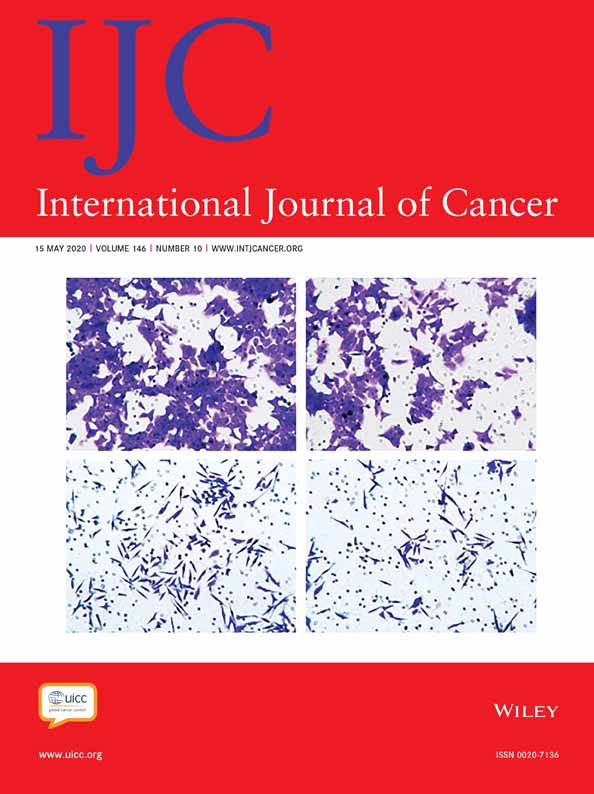Family history of prostate cancer and the incidence of ERG- and phosphatase and tensin homolog-defined prostate cancer
Abstract
Family history is among the strongest known risk factors for prostate cancer (PCa). Emerging data suggest molecular subtypes of PCa, including two somatic genetic aberrations: fusions of androgen-regulated promoters with ERG and, separately, phosphatase and tensin homolog (PTEN) loss. We examined associations between family history and incidence of these subtypes in 44,126 men from the prospective Health Professionals Follow-up Study. ERG and PTEN status were assessed by immunohistochemistry. Multivariable competing risks models were used to estimate hazard ratios (HR) and 95% confidence intervals (CI) for associations between self-reported family history of PCa and molecular subtypes of disease. Thirteen percent of men had a positive family history of PCa at baseline. During a median follow-up of 18.5 years, 5,511 PCa cases were diagnosed. Among them, 888 were assayed for ERG status (47% ERG-positive) and 715 were assayed for PTEN loss (14% PTEN null). Family history was more strongly associated with risk of ERG-negative (HR: 2.15; 95% CI: 1.71–2.70) than ERG-positive (HR: 1.49; 95% CI: 1.13–1.95) disease (pheterogeneity: 0.04). The strongest difference was among men with an affected father (HRERG-negative: 2.09; 95% CI: 1.64–2.66; HRERG-positive: 1.30; 95% CI: 0.96–1.76; pheterogeneity: 0.01). Family history of PCa was positively associated with both PTEN null (HR: 2.10; 95% CI: 1.26–3.49) and PTEN intact (HR: 1.72; 95% CI: 1.39–2.13) PCa (pheterogeneity: 0.47). Our results indicate that PCa family history may be positively associated with PCa in all ERG and PTEN subtypes, suggesting a role of genetic susceptibility in their development. It is possible that ERG-negative disease could be especially associated with positive family history.
Abstract
What's new?
Family history is among the strongest known risk factors for prostate cancer (PCa). Despite progress in defining molecular subtypes of PCa, little is known about their heritability. Here, the authors examine associations between family history and incidence of PCa defined by fusions of androgen-regulated promoters with ERG and, separately, PTEN loss in 44,126 men from the prospective Health Professionals Follow-up Study. The results indicate that family history may be positively associated with PCa in all ERG and PTEN subtypes, suggesting a role for genetic susceptibility in their development. Furthermore, ERG-negative disease could potentially be especially associated with positive family history.
Open Research
Data availability
The data that support the findings of our study are available on request. The data are not publicly available due to privacy or ethical restrictions.




